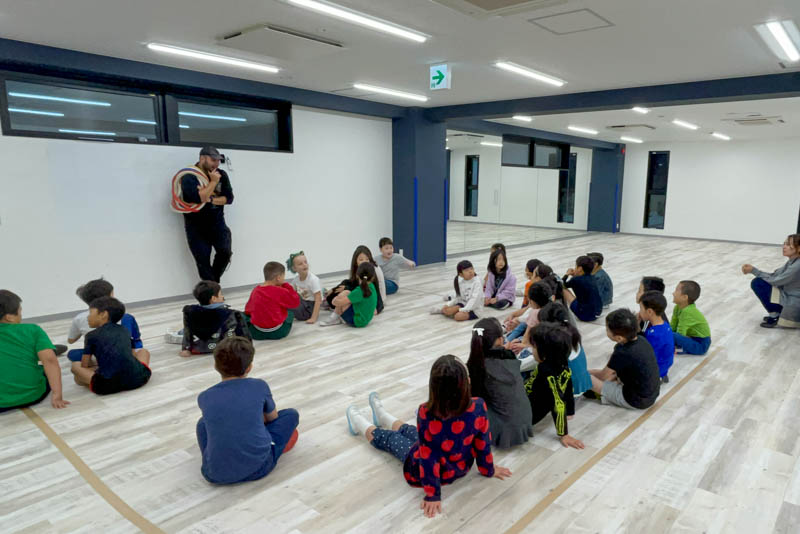Social-Emotional Learning
One of the things I (Mr. Facundo, P.E. Teacher) learned, I think just in time, is to take responsibility for my own feelings. Coming from an extremely supportive family, I already had the tools, I just needed to put it into practice.
Understanding how we feel, accepting those feelings as real, important and even our own, and finally finding a reason behind them, is only the first step. It's not easy, of course. It takes time, effort and a supportive context.

During my P.E. lessons, we always take a few minutes at the beginning to chat and check-in: “Good morning everyone! How are you guys today?” It’s always interesting to see how surprised they are when we ask them: “Why? Why are you okay? Why are you not okay? Who else feels that way?”
So: How do I feel? Why do I feel this way?
Once we have the answers to those questions, the next two steps are probably the most important from a social point of view:
- What decisions do I make based on those feelings?
- How do these decisions affect others?
I think Social-Emotional Learning can help us to recognize and manage our feelings, communicate them in a clear and empathetic way, make decisions based on them, taking into account the social context, reality, different points of view and other people's feelings. It’s an integral part of our curriculum and a close ally to the IB perspective.
If we want to help young people to become Open-Minded, Caring, Knowledgeable, Communicators, etc., being able to acknowledge their emotions, understand them and make ethical decisions out of them, SEL is one of our main tools for that. But it goes even beyond the Learner Profile: team building, positive communication, conflict resolution, self awareness and regulation are other aspects of this type of learning.

Students not being able to process their feelings and reacting in non-productive ways, or even denying other people’s feelings, are very common, especially in younger children. All educators and parents have experienced situations where students thought something was unfair and, being unable to put those feelings into a critical view, didn’t know how to solve the problem well. Situations where uncertainty turns into fear, then anger, and then problematic behavior due to emotional outbursts are something we as a school have to help children develop the skills to avoid.
One very simple activity we tried with younger students was showing them a chart with feelings accompanied by little images emoting them. The students chose which one they were feeling and talked about the reasons why. Having a clear visual reference with the feeling associated helps the students understand and differentiate feelings, and at the same time, see that other people feel the same way.
It’s also important for us to help them separate primary and secondary feelings. Like I said, fear can turn into anger, frustration can turn into sadness. If we only take care of the secondary feeling, the issue is not solved and can bring back a whole new problem.
Understanding how we feel, recognizing the problem or reason why, accepting those feelings and making a decision based on them while having others in mind takes practice, time and effort. Even for adults it’s hard. Our personal history, culture, jobs, and relationships influence our feelings, emotions and consequently our decisions. Having the emotional clarity to understand our own feelings is tricky.
Once we are able to do that, we can start working on communicating in a more positive way. Another game that we used to play with my students in my previous school was making appreciation capes. They had a piece of paper or fabric tied around their neck as a cape and others could write positive things about them. It was incredible to read sentences like “I’ve always admired you because…” or “I’m grateful for…”.
Ultimately, it’s a choice: to be better, for us and for others. Let’s help them make the right decision. It’s our duty to guide the students towards an introspective action, asking them the right questions at the right time, asking them to take responsibility for those feelings and comparing their decisions with the normal expectations we have for them.
We will continue to support them this way, as we think that taking responsibility for our actions, our feelings and decisions, is another good step towards knowing ourselves, understanding where we come from and where we are going.
Author Profile
-

-
Facundo - Elementary Vice Principal & P.E. Teacher (Argentina)

Elementary Vice Principal & P.E. teacher at CGK International School.
Experience as a P.E. teacher at international schools in Japan (Elementary, Middle and High School) with IB and Cambridge curriculums.





















